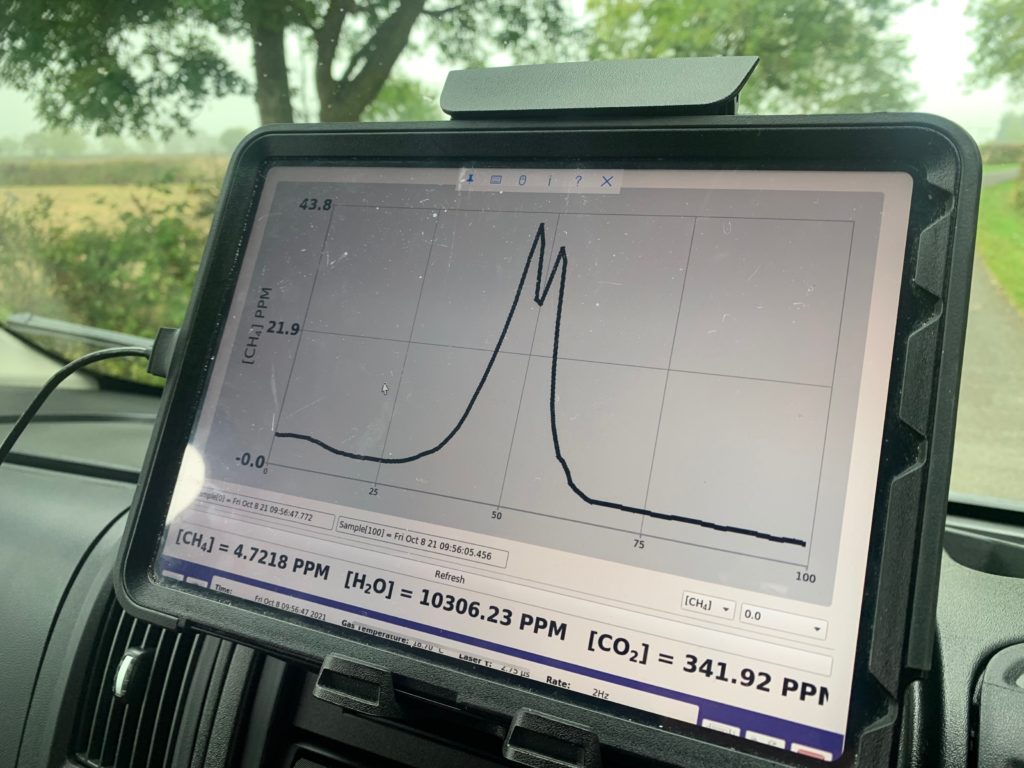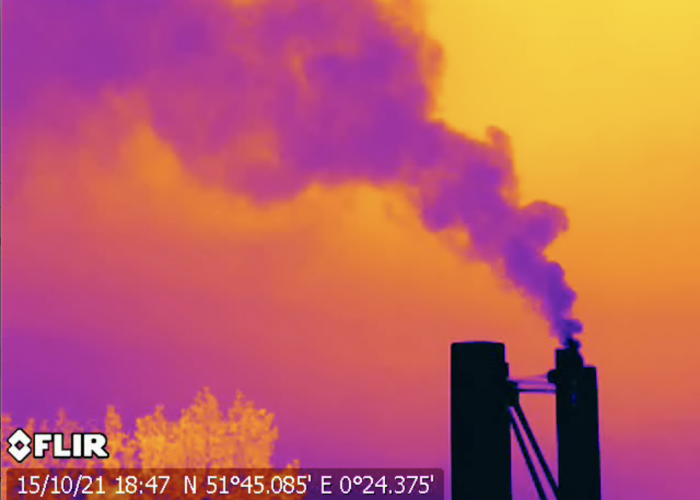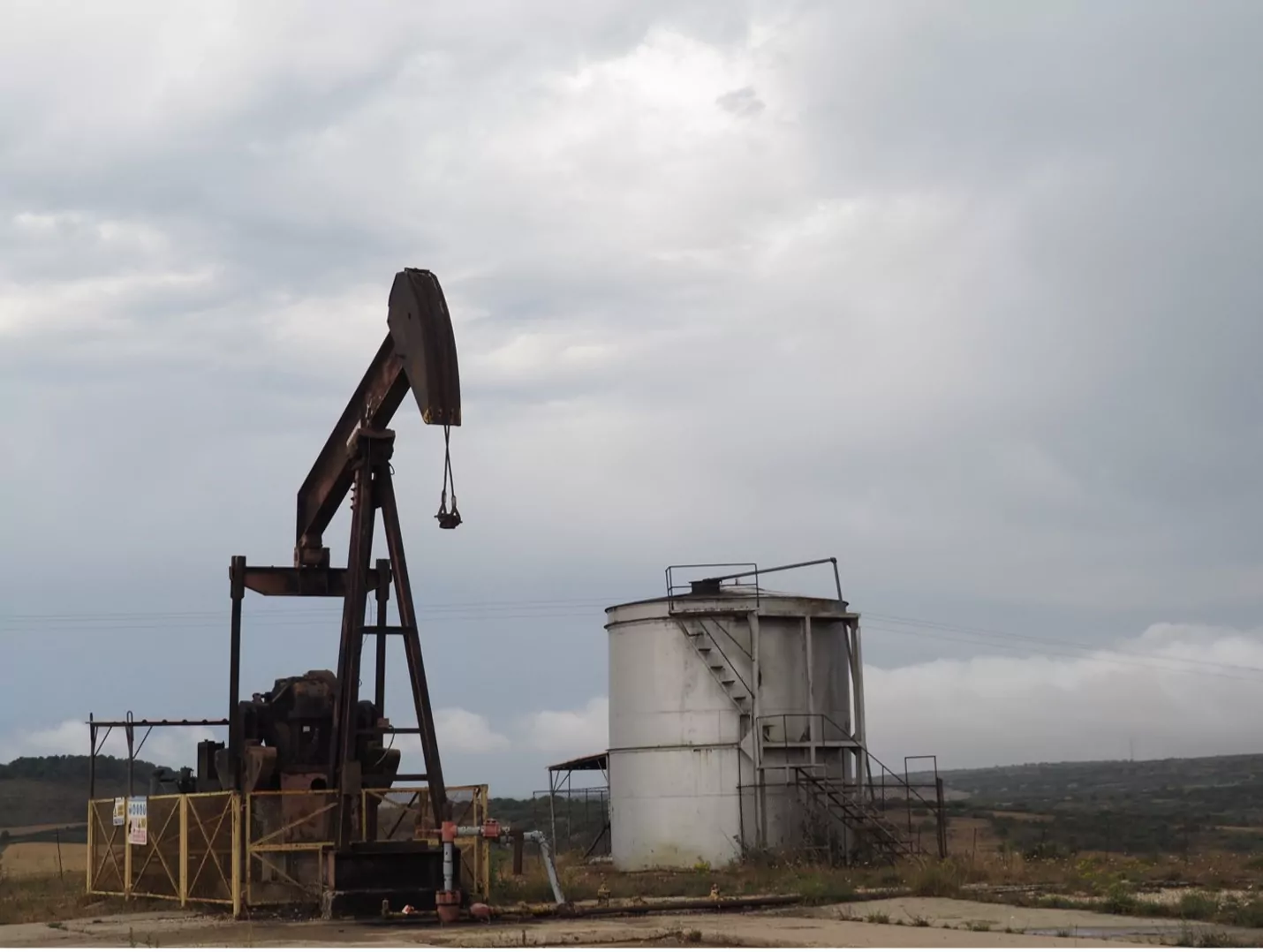In October 2021, we found UK methane pollution from the oil and gas sector all over the country. Like most places, it is not adequately regulated and the government can make significant reductions through several policy actions. On the eve of COP26, we undertook a trip to look at UK methane pollution in two sectors: onshore oil production and natural gas transmission.
The UK has played a major role, in its position as the COP26 host nation, to advance the importance of the Global Methane Pledge. The country was quick to commit itself to joining the new pledge announced by the United States and the European Union in September 2021, and it worked behind the scenes to encourage other nations to commit.
However, the UK must now move beyond words and commitments and take action at home to immediately reduce methane emissions. Some important actions the UK can take to reduce methane in the oil and gas industry, include:
- Ban on routine venting and flaring during oil production and gas transmission.
- Required oil and gas companies to conduct monthly leak detection and repair programs at all oil and gas facilities.
- Annual leak inspections at oil and gas facilities by regulatory authorities.
Venting methane is common in onshore oil production
CATF visited 17 onshore oil wells and found significant emissions of methane and other toxic gases from 13 of those wells. At least 10 of these wells were often using highly polluting cold venting techniques, which release methane and other toxic gases directly into the atmosphere without any attempt to either capture the gas to use for energy generation or burn the gas with a flare and convert it to a much less potent greenhouse gas.
Cold venting methane is one of the absolute worst practices oil and gas companies can do during operations because of the global warming potential (GWP) of methane compared to carbon dioxide. Over a 20-year period (GWP20), methane is 82 times more powerful than carbon dioxide, and because methane breaks down in the atmosphere after 12 years, it is still almost 30 times more powerful than carbon dioxide over a 100-year period (GWP100).
In public filings, the UK Environmental Authority have acknowledged this practice is permitted in the UK at many of the sites CATF visited. (See here, here, and here.) In fact, they have reported large amounts of emissions at one site the Kimmeridge Oil Well on the southern coast of England. According to public requests from media and environmental groups, the owner of the well reported a release of 284 tons of methane in 2017 and 333 tons of methane in 2019.
This practice of cold venting cannot continue to exist if the UK is serious about reducing its methane emissions by 2030.
Uncontrolled fugitive emissions are regular at natural gas transmission compressor stations
CATF visited a total of six National Grid gas compressor stations out of a total of approximately 25-30 nationwide. We found fugitive methane emissions at five of the six compressor stations. Two of the sites we visited were significantly concerning and might be classified as super-emitters, as these were some of the largest emissions events we have documented throughout Europe.
This includes the Chelmsford Compressor Station, which we visited on three separate days (October 10, October 15, and October 20, 2021), and the Kings Lynn Compressor Station, which we visited on October 8, 2021.
At these two sites, uncontrolled fugitive emissions were being vented from emergency blowout systems at the site. It was clear, from the length of time we documented these emissions and over the number of days, that these emissions were the result of systemic failures.
Other emission sources we found at compressor stations included continuous, high-flow emissions from smaller vent pipes. At one site, the Hatton Compressor Stations, we found ten different sources of emissions. A second gas analyzer we used during this trip, a cavity ringdown spectroscopy instrument, recorded high concentrations of methane downwind of the facility near the source of several emissions points.

The UK government and the Environment Agency, the UK’s regulator for oil and gas, must take action to reduce emissions in the oil and gas sectors. There are simple, smart policy solutions that can quickly reduce UK methane pollution in the oil and sector.
CATF toured oil and gas facilities across the UK from October 4-22, 2021. The sites included locations involved in oil production and gas transmission owned or operated by Island Gas Energy (iGas), National Grid, Shell, and a few others. CATF visited approximately 30 sites in total and has documented methane emissions at 24 sites. You can find a full list of emissions videos from the UK on our Youtube channel.





